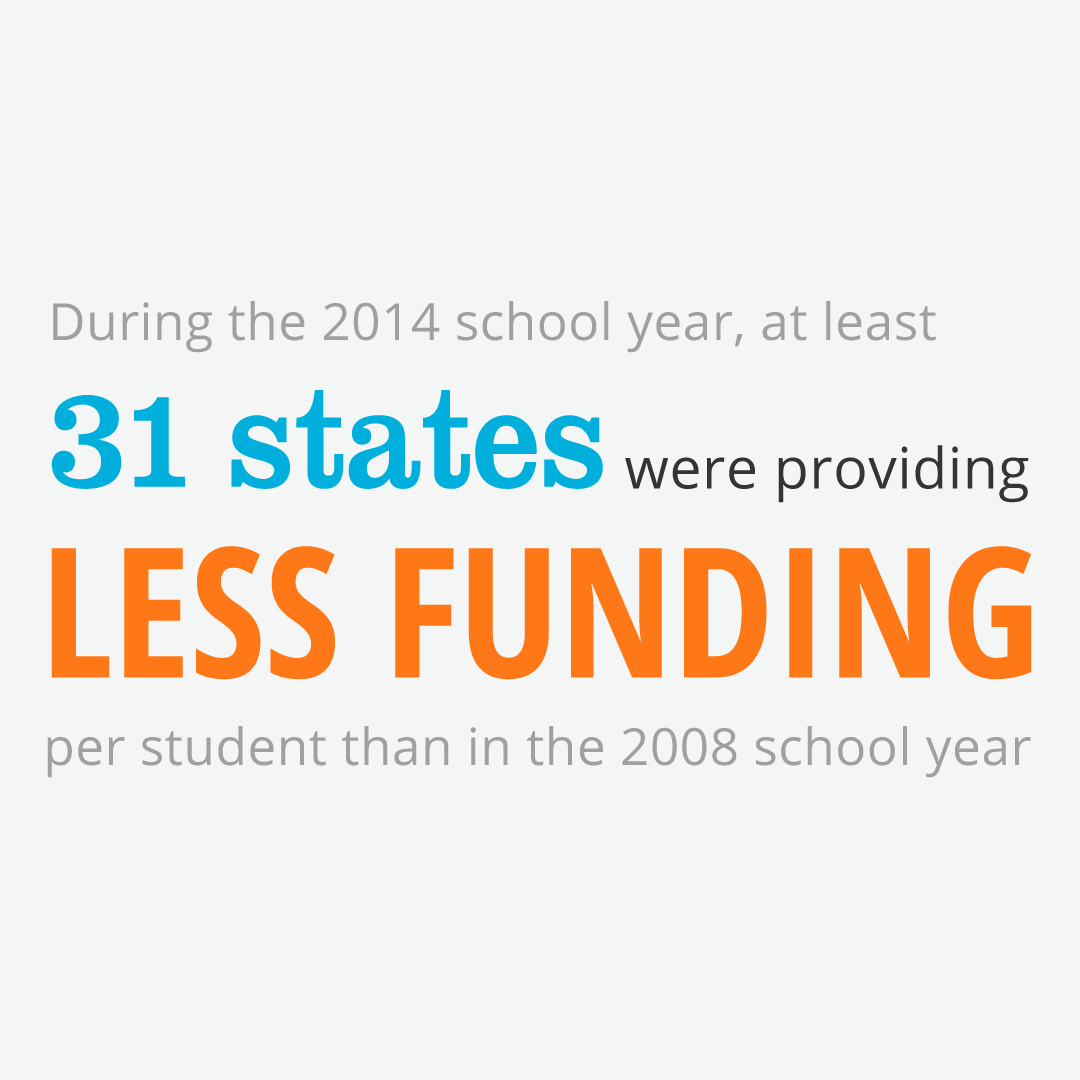Across the nation, we’re seeing more power outages caused by a variety of factors: climate change, increasing storms, heat, and windstorms. That’s right – large amounts of wind can cause power outages, as seen recently in Idaho and Washington. Luckily, we have a program that was created in 2004 by Congress after a five-year effort led by ASCE: the National Windstorm Impact Reduction Program (NWIRP).

Charles Biles / Skagit Valley Herald
Seeking a program to coordinate the wind hazards research of federal agencies to achieve major measurable reductions in the losses of life and property from windstorms, ASCE advocated for the creation of this program to ensure the coordination of the efforts of the National Institute of Standards and Technology (NIST) as the lead agency; the Federal Emergency Management Agency (FEMA); the National Oceanic and Atmospheric Administration (NOAA); and the National Science Foundation (NSF). The program was aimed at improving the understanding of windstorms and their impacts and developing and encouraging the implementation of cost-effective mitigation measures to reduce those impacts.
However, the program was last reauthorized in 2014 and has not been authorized since 2017. While unauthorized programs in the federal government do go on, they are lower on the totem pole in terms of funding—often receiving lower priority for funding and attention from agency leadership. To bring this program’s importance to light, the House Committee on Science, Space and Technology held a hearing on December 4th on the reauthorization of NWIRP.
This hearing is the first on the program since June of 2013.
The open the hearing, Subcommittee on Research and Technology Chairwoman Haley Stevens (D-MI) sounded the alarm on major weather events’ impacts on the nation by saying, “tornadoes, thunderstorms, hurricanes, and associated flooding are the deadliest and most costly natural hazards in the nation. The National Weather Service reported that in 2018, 75 people lost their lives in wind-related storms.” She added that the cost associated with hurricanes alone “are predicted to increase faster than we can pay for them. American families, businesses, and public sector organizations are expected to spend $54 billion on hurricane damages alone in 2019.” She also noted ASCE’s support for the program.
Dr. Delong Zuo, Ph.D, AF.ASCE, Associate Professor of Civil Engineering and the Technical Director of the Wind Engineering Pillar of the National Wind Institute at Texas Tech University testified before panel acknowledging the many advancements made possible through NWIRP that have the potential to significantly enhance the resilience of communities to wind hazards. However, he noted that a number of enhancements that would significantly improve the program including: closer connections between atmospheric science and engineering communities; closer connections to the social science community; shared-use facilities for tornado hazard research; improving rapid response research; and improving the adoption of technologies. Dr. Zuo emphasized that while there have been advancements in this area, severe windstorms remain among the most destructive and costly natural hazards.
Dr. Scott Weaver, Director of the National Windstorm Impact Reduction Program at NIST, stated that “since NWIRP’s inception, we have made notable progress towards efforts to reduce windstorm impacts. This includes significant improvements in hurricane forecasts and increased tornado warning times; advancements in the science of wind mapping to inform engineering-based design standards;improved coordination practices and research support for post windstorm investigations; and implementation of post windstorm research-based recommendations into codes, standards, and practices.” During questioning, he acknowledged the important technical contributions that NWIRP research provides to the development of ASCE 7 Wind Load Provisions and other standards produced by ASCE.
Also testifying was Ryan Colker, Vice President of Innovation at the International Code Council, who highlighted the important link between NWIRP and ASCE standards which form the core of ICC’s model building codes are that are utilized across the nation. He called for expansion of NWIRP and for greater coordination with standards setting organizations such as ASCE.
ASCE will continue to work with Congress to reauthorize this important program.
A recent episode of ASCE’s Plot Points Podcast featured ASCE member Don Scott, P.E., prime investigator for the prestandard development team, who spoke about ASCE’s “Prestandard for Performance-Based Wind Design” and the power of performance-based design.























































